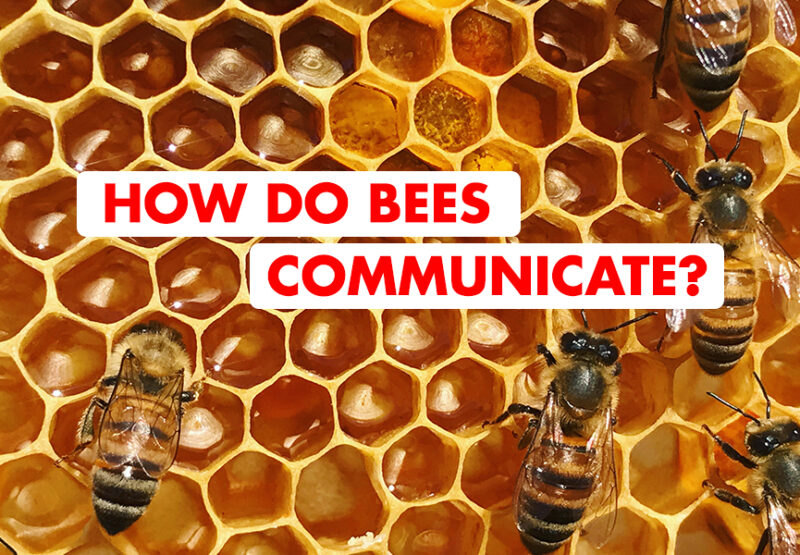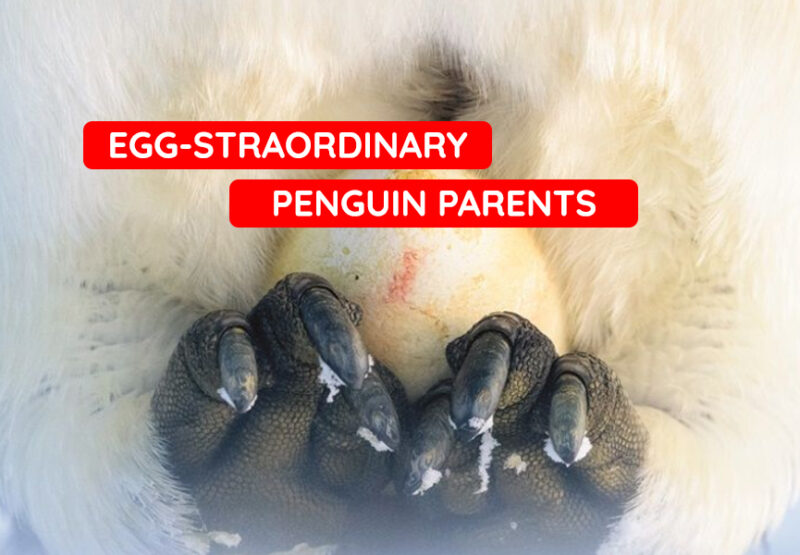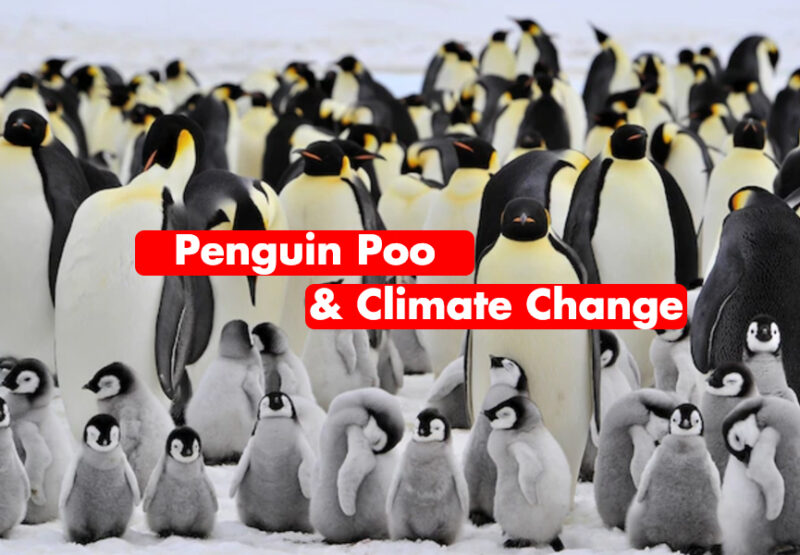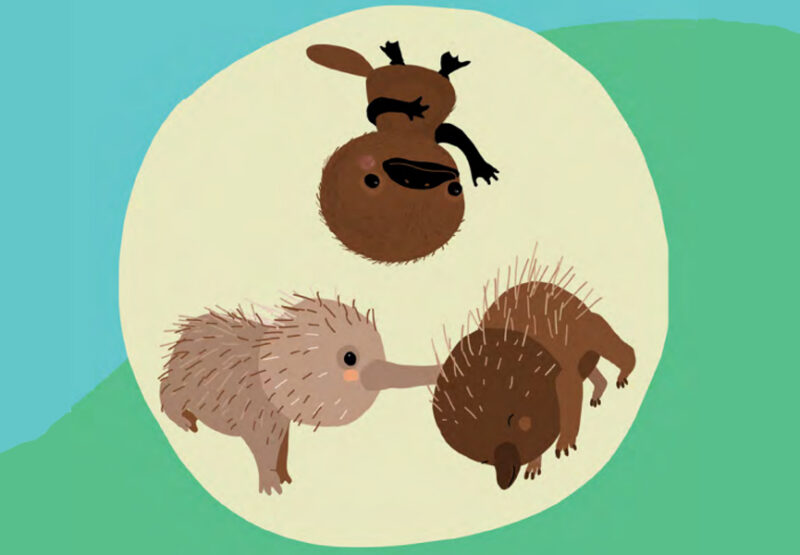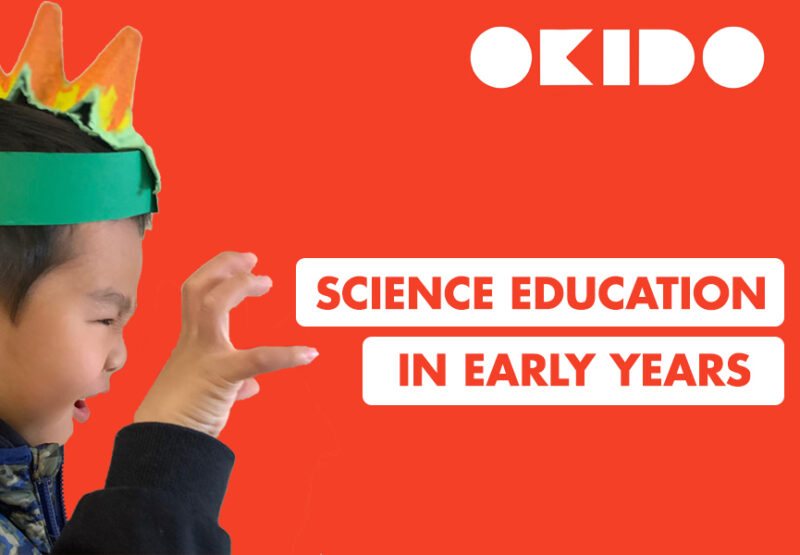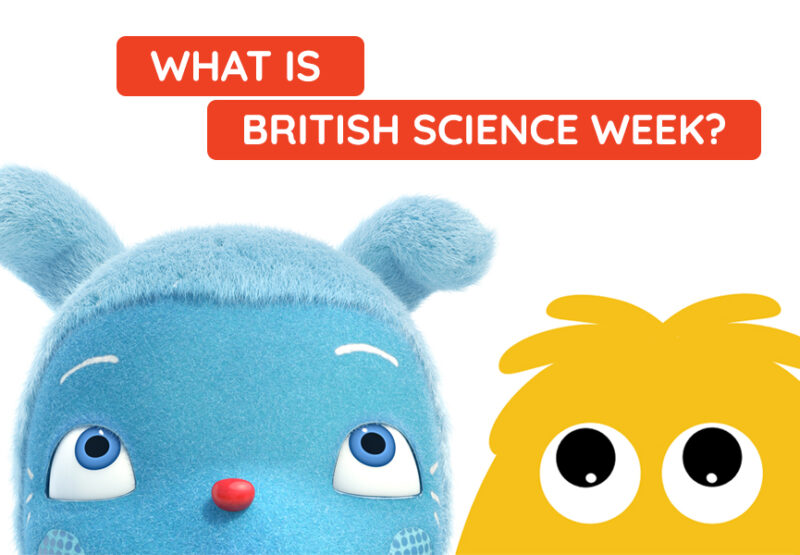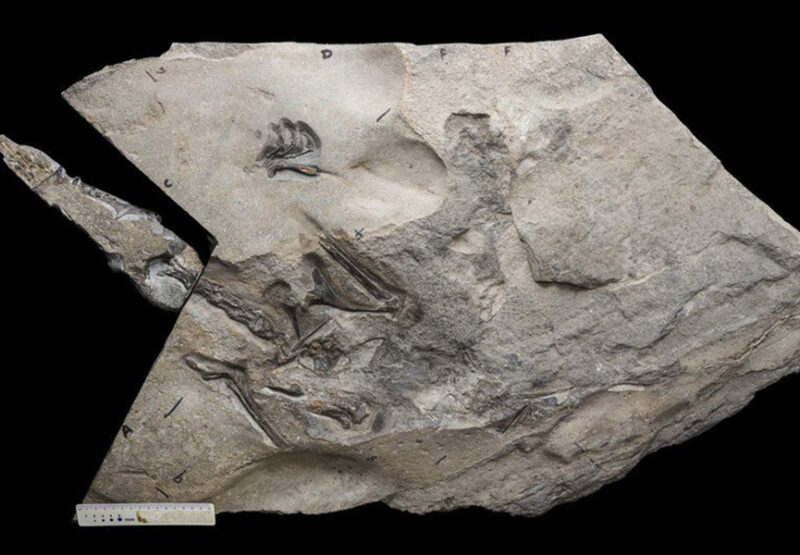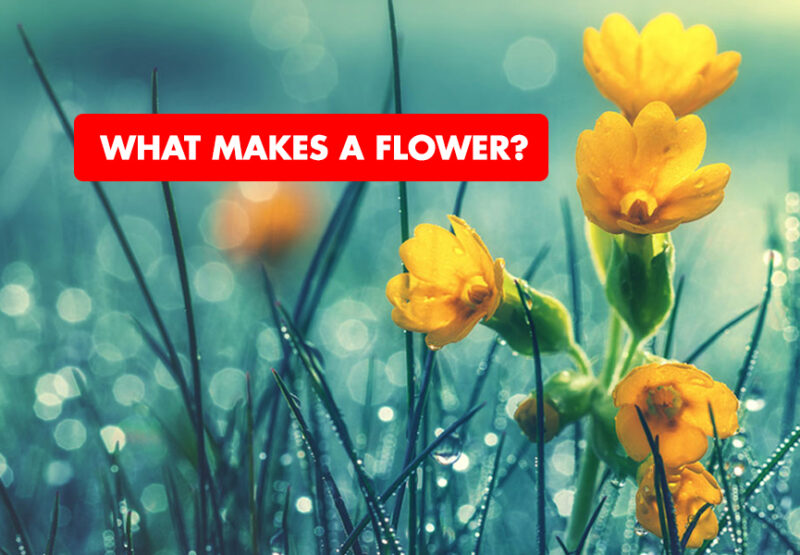
What makes a flower? The four key parts of flower anatomy.
What is a flower? A flower is the reproductive structure of flowering plants. Many flowers that rely on pollinators, such as birds, butterflies and bees, have evolved to have brightly coloured petals and appealing scents as a way to attract their attention. Although all flowers are different, they have four main parts that make up […]
Read blog
